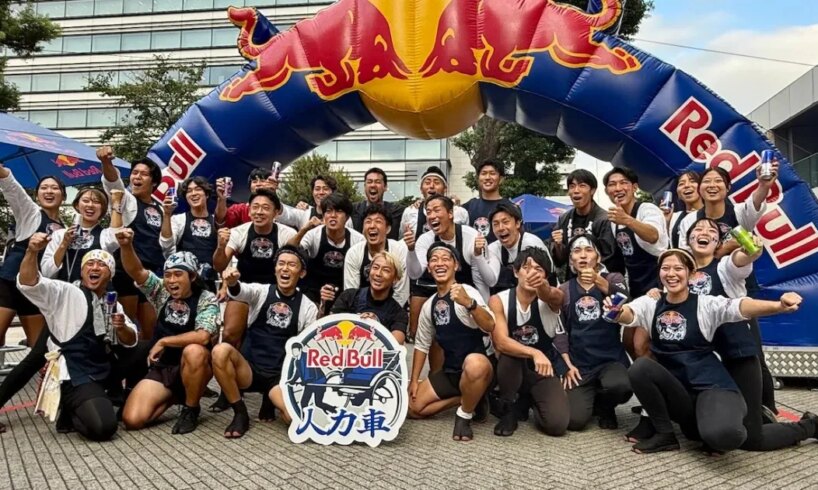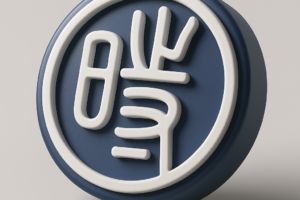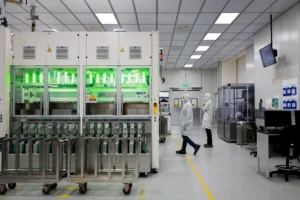
The first event of its kind in Japan converts traditional culture into a thrilling new sport of strength and technique.
When my mind combines the words “Red Bull” and “contest,” it inevitably wanders to Red Bull’s version of the Birdman Rally, the Red Bull Flugtag, where competitors drive manmade contraptions off a ramp into the water below. While Red Bull’s latest event in Japan, a rickshaw race, has steered away from propelling devices into the air and silly costumes, it more than makes up for it with the demonstration of intense competition of speed and power the participants brought forth.
Usually seen around tourist-heavy areas with traditional cityscapes, these human-powered vehicles and their drivers took a break from their usual duty to become athletes for the day.
On October 10, in the first event of its kind in Japan, around 20 rickshaw from across the country gathered in Tokyo’s Nakano district to battle it out using their strength, speed, and precision, in order to determine who is Japan’s King of Rickshaw Drivers.
The competitors for the final were chosen from a roster of 60 people through a preliminary round the previous day, where they each had to race for 100 meters (328 feet) in a straight line. The fastest time in the preliminaries came from Kenta Kodama, a former member of Japan’s national rugby team, who unleashed a furious sprint to finish in 15.173 seconds.
The course used for the final event was designed by Gump Suzuki, the first man to cross the African continent while pulling a rickshaw. Finalists started by pulling their rickshaws up a steep slope, followed by a full rotation around a giant Red Bull can, a straight sprint, and then a sudden stop in the finish area.
Pulling a rickshaw that weighs over 100 kilograms (220 pounds) through this course is by no means an easy feat.
During his student days, our Japanese-language reporter Masanuki Sunakoma also pulled rickshaws. Giving the course a go, he added his own commentary to expound on just how difficult these challenges were to pull off.
The uphill section is naturally difficult, but the downhill part is even harder to control. Adding in the turn around the giant can, which can ruin your time if you slow down too much or make the rickshaw uncontrollable if you go too fast, it makes for a race that tests the driver’s power and precision.
The key to a safe and smooth run is to keep the handlebar horizontal to the ground.
If your balance is poor, your body will lean back and cause the anti-tipping bars at the rear to slam into the ground, which of course would affect the passenger’s comfort.
The final challenge of the competition was to stop the rickshaw just before the finish line, and then place wheel chocks in front of and behind the tires to secure them before finally pressing the “finish button.”
At the start line, each racer waited beneath the Red Bull arch before bursting forward with blazing speed to the cheers of the crowd.
The ground was shaking as the drivers sprinted up and down the course, each showing off a slightly different style, but all with incredible amounts of raw strength.
The crowd gasped as the competitors hurtled around the Red Bull can, the drivers’ experience from years of guiding tourists fully on display.
However, the true deciding factor was the apparently simple act of placing the wheel chocks. If the participants rushed too much and failed to place them properly, it earned them a 10-second penalty.
Short as the race may have been, each competitor came away from the race drenched in sweat: a testament to the sheer physical exertion they underwent.
The first-ever champion was Ayumu Kobayashi from Tokyo Rickshaw, who was the only participant to break into the 27-second range, clocking 27.913 seconds. Second place went to Kenta Kodama (28.141 seconds) and third to Daichi Nozaki (29.635 seconds).
Six female drivers also took to the stage in the women’s exhibition race, in which Shiori Yoshida of Tokyo Rickshaw took the victory.
Affectionately known as “Mama Driver,” she showed off her power and technical mastery in what was a superb performance. Tokyo Rickshaw, a company that operates in Asakusa, Tokyo, is home to several powerhouses, having won both competitions.
In rickshaw drivers’ day-to-day lives, their focus is entirely on the customers and how to provide them with the best experience possible, but on this day each pf them stepped into the spotlight to show that they are more than just a novel tourist attraction: they are stars, impressive in their own right.
The event showed a new side of one of Japan’s traditional cultures, sparking passionate excitement as a new spectator sport. With the first champion crowned, it’s not unlikely that we’ll see rickshaw racing make another appearance in the future. Perhaps in the future, as you enjoy some of Japan’s traditional scenic sites, you might unknowingly be being driven around by a national champion.
Related: Red Bull Rickshaw Event Website, Tokyo Rickshaw Website, Gump Suzuki’s Website
Photos ©SoraNews24
● Want to hear about SoraNews24’s latest articles as soon as they’re published? Follow us on Facebook and Twitter!
[ Read in Japanese ]
Like this:
Like Loading…





